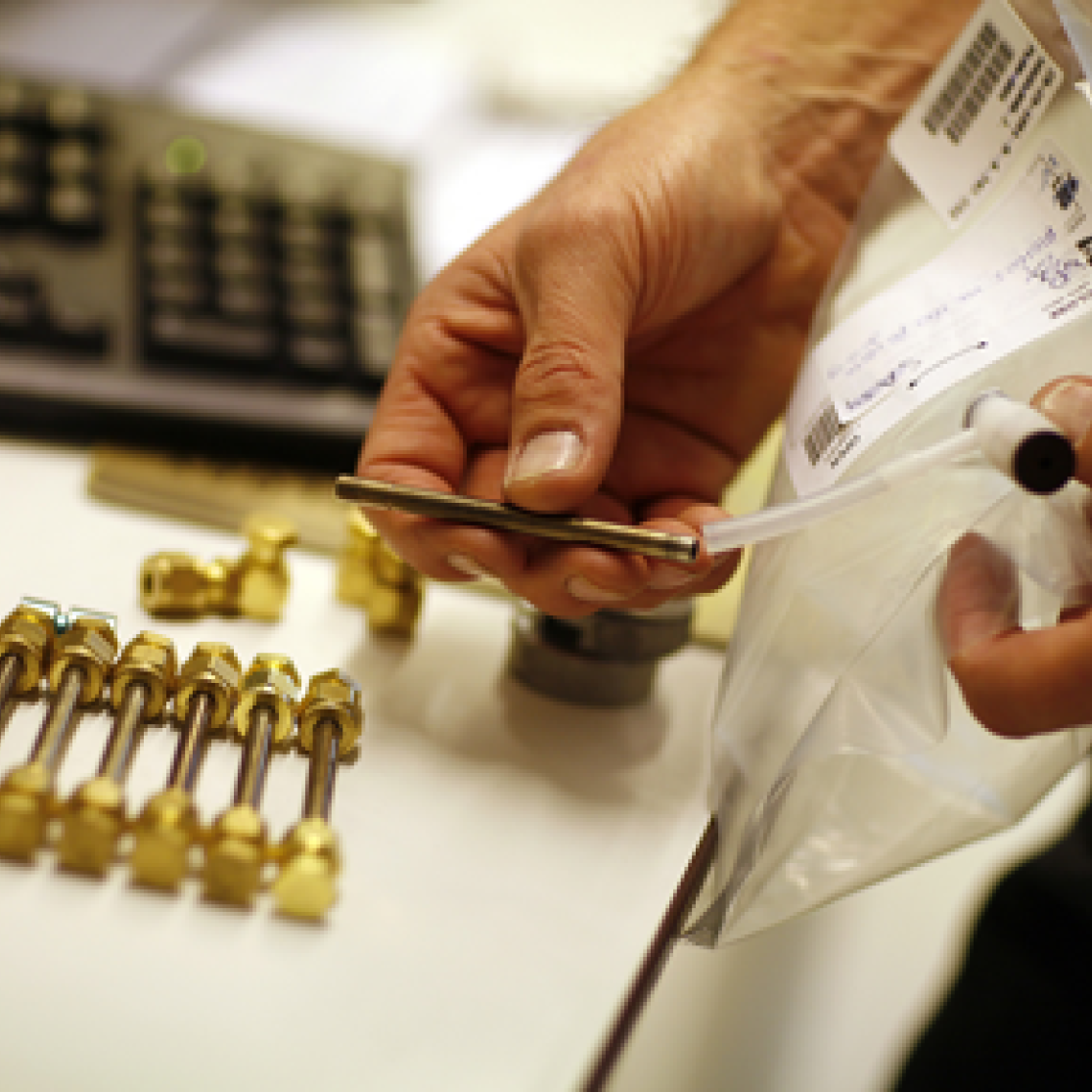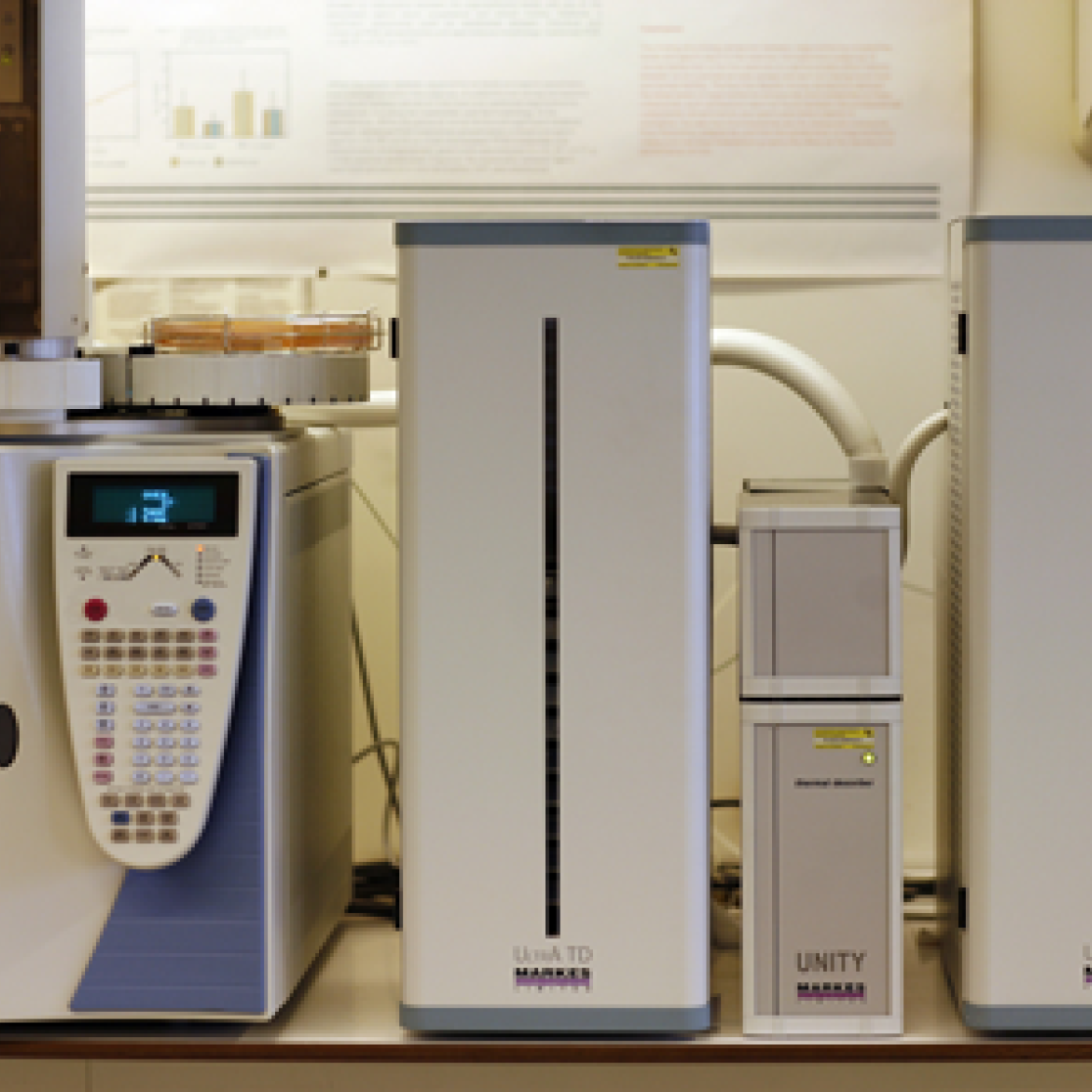Exhaled Breath Research
If you were asked to smell the armpit of an unknown person, you probably would not do this whereas you would say yes when asked to smell a baby. In other words, we are able to sense the different chemicals spread by an armpit or baby and can label them as either unpleasant or pleasant.
Differentiating between these two situations is due to the recognition of a combination of specific volatile chemicals by a unique set of olfactory receptors. This results in a multidimensional pattern that is integrated in our brain, enabling us to train ourselves in recognising and memorising smells.
In other words, smelling can be seen as a chemical sense as we sample our environment for information and recognition. Consequently, there could also be something present in breath that might enable diagnosing certain diseases or providing the means to monitor metabolic processes in the body.
Exhaled breath contains thousands of so-called volatile organic compounds (VOCs) of which the composition varies depending on health status. Various metabolic processes within the body produce volatile products that are released into the blood and will be passed on to the airway once the blood reaches the lungs.
For example, the occurrence of chronic inflammation and/or oxidative stress can result in the excretion of volatile compounds that generate unique VOC patterns. Consequently, a sophisticate method has been developed to analyze the total amount of VOCs in exhaled air, a kind of metabolomics also referred to as breathomics, for clinical diagnosis and monitoring purposes.
Breath samples can easily be obtained by exhaling into a plastic bag, thereby providing a non-invasive and easy-to-perform sampling method suitable for both adults and children.
The samples then are stored on sorption tubes.

Next, thermal desorption gas chromatography-time-of flight mass spectrometry (GC-TOF-MS) is used to detect all VOCs present (Foto “GC-MS”). Additionally, data analysis tools have been developed and are applied to enable the pipeline analysis of the generated GC-MS sample output.
Information: Prof. Frederik-Jan van Schooten, Department of Toxicology
